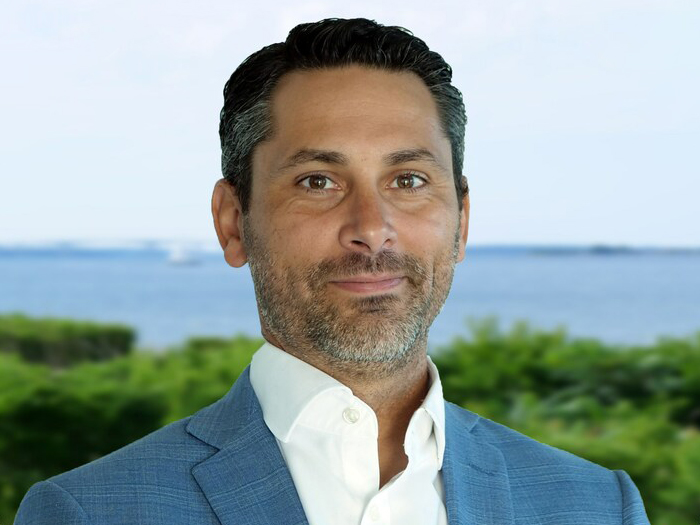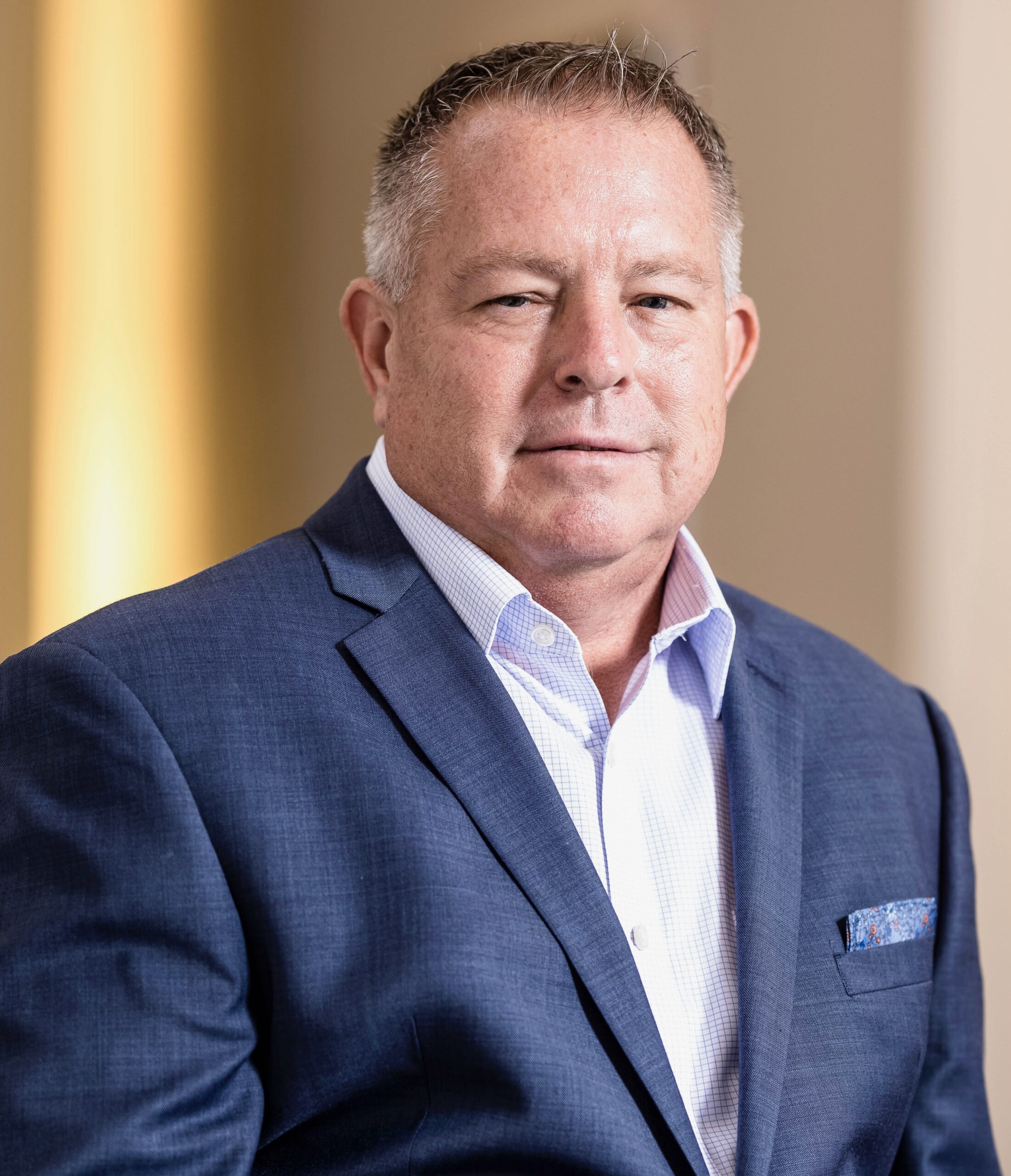11 Questions for Tom Nasso, Chief Underwriting Officer of Falvey Insurance Group

Dan Reynolds, the editor in chief of Risk & Insurance, recently has a chance to talk to Tom Nasso, the chief underwriting officer of Falvey Insurance Group. What follows is a transcript of that discussion, edited for length and clarity.
Risk & Insurance: Tom, what opportunities are you excited about at Falvey Insurance?
Tom Nasso: Over the past few years, Falvey has opened new business lines, such as inland marine and logistics liability, which complement our cargo, shipper’s interest, and vessel pollution business. Being able to offer our distribution partners more products will help us grow our business profitably and create more diversity in the overall portfolio.
I’m excited to see the Falvey book grow. While we will be entering a challenging market, I believe we have the team to execute in any operating conditions.
I’m also looking forward to working with the team to offer creative solutions for our insureds and identify new insurance needs in the supply chain, which we can develop new products for.
R&I: What do you see as your main market challenges in the coming year, considering the current state of the insurance industry?
TN: The insurance industry had a strong year in 2023, thanks to a favorable rating environment, underwriting discipline, and solid investment returns. In the specialty lines we operate in, particularly cargo, the market experienced a shift around 2019 that allowed underwriters to improve rates, terms, and conditions, leading to more adequate pricing that outpaced loss costs.
As we move from a hard market to a slightly softening one, with more capital flowing in and rating challenges, the biggest challenge I foresee is maintaining underwriting discipline. Inflation remains an issue, and catastrophic events are becoming more frequent. We need to keep these factors in mind as the market evolves and the cycle begins to change.
R&I: How is the talent shortage impacting your business and the marine insurance industry as a whole?
TN: In the marine insurance space, the skills we seek are not typically acquired through traditional education. Few individuals study insurance, let alone marine and inland marine insurance, in school. This levels the playing field for rising talent in the industry.
Individuals can come from diverse backgrounds such as business, technology, sales, and industry-specific fields within the marine space. Given this, it’s crucial for new talent to become students of insurance once they start their careers. For example, in underwriting, they should take the time to read all the policies they’ll be offering and ask questions about the clauses and how they relate to exclusions.
It’s also important to work with individuals outside of their business units, such as claims, loss prevention, finance, marketing, reinsurance, data, and actuarial. By doing so, they become well-rounded professionals and develop the skills needed to grow their careers in the industry.
R&I: What is your perspective on the role of artificial intelligence in insurance, particularly in the context of traditional underwriting? Can AI be a difference-maker in this industry?
TN: In the specialty insurance space, there is significant variability among insureds. For example, in the cargo, marine liability, or inland marine sectors, each insured is unique. AI excels at identifying standardized patterns, which can be challenging in specialty insurance.
As a result, the need for human expertise in the specialty space is likely to outpace AI in the near future. However, companies that fail to explore integrating AI into their operations risk falling behind their competitors.
R&I: What are the chief emerging risks that insureds should keep at the top of their minds, and how has the Baltimore bridge incident impacted the marine space and supply chains?
TN: I believe catastrophe perils remain a top concern for insureds, despite 2023 being a great underwriting year. Global cat losses still exceeded $100 billion, with increasing frequency of events like windstorms, earthquakes, floods, and convective storms.
Social inflation on the casualty side continues to be a difficult risk to manage. Business owners must understand how much limit they should carry. The geopolitical environment is also volatile, so it’s crucial to ensure that current coverage doesn’t have gaps.
The Baltimore event will significantly impact the marine space, with estimates ranging between $2 billion and $4 billion in losses, hitting the marine liability segment harder. The supply chain implications, such as affected jobs, cargo, deviation, and delay, will take time to fully play out.
This incident highlights the critical importance of understanding how supply chain elements will impact insurance in the transportation and infrastructure sectors going forward, compared to their past influence.
R&I: How early can you tell whether somebody entering the industry is a serious student?
TN: It’s interesting to observe how quickly you can identify a serious student in the industry. From the very beginning, their curiosity and eagerness to learn stand out.
They ask thoughtful questions, seeking to understand the intricacies of the business. Beyond just completing assigned tasks, they take the initiative to explore and absorb information from various sources.
These individuals demonstrate a genuine passion for the industry, going above and beyond to expand their knowledge. They recognize that being a student is a continuous process, and they embrace every opportunity to grow and develop their skills.
R&I: What is the first critical piece you look for in new talent entering the insurance business?
TN: Effort. When someone puts in the effort to take the time to learn the business, you can really see if they’re willing to take the steps to create a career out of it.
This applies throughout life, whether it be in your job, a sport, or with family. You have to put in a ton of effort. Ultimately, you can’t teach effort.
R&I: What were some key factors in your career development that helped you move forward and grow professionally?
TN: Having strong mentors was the most important aspect of my career development. They allowed me to make decisions, which inevitably led to mistakes, but also provided valuable learning opportunities.
This was true both on the broking side, where I started, and later on the insurance company side. Two individuals in particular were instrumental in helping me develop my career by giving me the latitude to challenge myself and step outside my comfort zone.
Now, having joined Falvey, an MGA, I’m fortunate to have many mentors here as well. They ensure that I have the tools necessary to produce solid results. Identifying people who will help grow your career and really leaning on their mentorship is crucial for professional development.
R&I: How important was it for you to cultivate mentors throughout your career, and did you actively seek them out or did they naturally gravitate towards you based on your potential and work ethic?
TN: I believe the individuals who have mentored me throughout my career saw the effort I put into my work. Everyone has a job, and you can perform your job well, but it’s about taking those next steps to add value that really matters.
I tried to consistently put something out there to my mentors, bosses, or any individual I had, demonstrating my desire to contribute. I think my mentors recognized this and provided me with the path to develop my skills and potential.
They played a significant role in my growth by taking my efforts and guiding me towards success. It was a combination of their ability to recognize my potential and my conscious effort to showcase my dedication that led to these valuable mentoring relationships.
R&I: What are your thoughts on the role of technology in the commercial insurance space, and how do you see it impacting the future of the industry?
TN: On the personal lines side, insurers have done a great job implementing technology for the end consumer. However, on the commercial side, there’s still a lot of work to be done. Some companies face challenges with legacy systems that take time to transition into new ones.
The variability of risks we take on in commercial insurance also complicates the development of systems that aim to capture everything, which is sometimes impossible. It will require significant investment from insurance companies to reach the point where they see returns and efficiencies, but it is the only way forward.
The companies that have started making these investments now will be the ones that succeed in the future. Technology is going to play a crucial role in shaping the commercial insurance landscape.
R&I: How challenging is it to determine which products and lines to support or not support when looking to diversify the book?
TN: Determining which products and lines to support or not support when diversifying our book is a critical decision that relies heavily on data and collaboration with our claims and loss prevention teams. By analyzing past results, we can make informed decisions about where to focus our efforts based on our expertise, distribution capabilities, and relationships.
It’s essential to be proactive rather than reactive in these situations, especially in the insurance industry, where claims can take time to develop. We also listen closely to our brokers and insureds to understand their needs. If there are areas we currently cannot address but have sufficient knowledge or ability to create a solution, we will tailor our offerings to meet their requirements. This could involve adding on to an existing product or developing a new product line altogether. &










